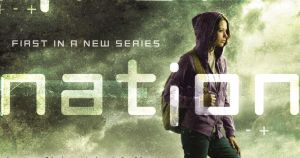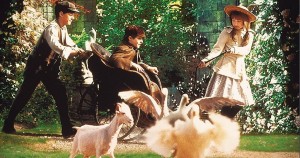
#diklSFF: A Conversation About Disability in Science Fiction and Fantasy
We recap the highlights of our #diklSFF Twitter chat, including a link to the full Storify.

We recap the highlights of our #diklSFF Twitter chat, including a link to the full Storify.

The description for this book uses the phrase “brilliant but autistic” to describe its main character, and that’s where our conflicted feelings about Viral Nation start.

In science-fiction and fantasy, you invariably run into fictional disabilities and allegories. Do these “count” as disability? What makes them work successfully in a book?
We’re looking to expand the Disability in Kidlit team, as the website has grown in popularity in recent months and we’re working on exciting new projects.

A one-armed astronaut superhero is the lead in Dangerous, the unusual new novel by NYT bestselling and Newbery Honor-winning author Shannon Hale, who sat down with us for a great interview.
If our contributors could tell an author writing a character with their disability one thing–besides “do your research”–what would it be?

We’ve been wanting to shake hands with the good folks of the Schneider Family Book Award–an ALA award which highlights depictions of disability in children’s literature–for a while, and July 2014 marked the perfect time: while we celebrated our first anniversary, the Schneider celebrated its tenth!

Julian Birch has a “withered” leg from a childhood bout of polio, and Mitchell’s depiction of him is one of the most believable, relatable portrayals of disability I’ve come across.

For disabled characters, being cured is a common trope. What’s more, in most of these narratives, the characters are cured because they’re better than they were at the start of the book: kinder, gentler, braver. And finally, finally, they’re normal and whole.

Skim does a good job of showing misguided attempts to help those with depression, and lets the reader see the absurdity for themselves.